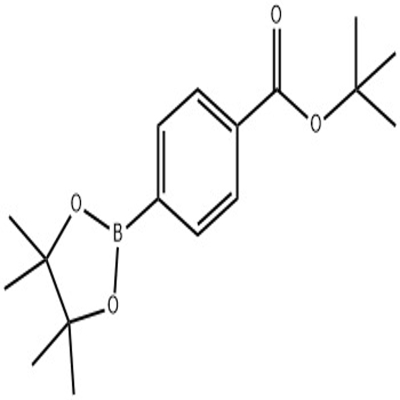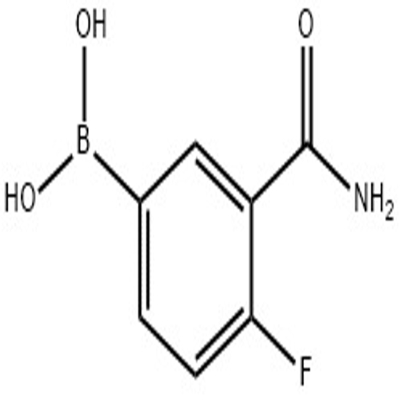-
Categories
-
Pharmaceutical Intermediates
-
Active Pharmaceutical Ingredients
-
Food Additives
- Industrial Coatings
- Agrochemicals
- Dyes and Pigments
- Surfactant
- Flavors and Fragrances
- Chemical Reagents
- Catalyst and Auxiliary
- Natural Products
- Inorganic Chemistry
-
Organic Chemistry
-
Biochemical Engineering
- Analytical Chemistry
- Cosmetic Ingredient
-
Pharmaceutical Intermediates
Promotion
ECHEMI Mall
Wholesale
Weekly Price
Exhibition
News
-
Trade Service
Propanamide is an important organic chemical compound that finds widespread use in the chemical industry.
It is used as a building block for the synthesis of various other chemicals, and its properties make it an ideal choice for a variety of applications.
The synthetic routes for propanamide have evolved over the years, and several methods are now available for its synthesis.
One of the earliest synthetic routes for propanamide involved the use of the Wurtz-Fittig reaction.
This reaction involves the use of a diazo compound and a metal alkoxide, and it is commonly used to synthesize diazo compounds.
The Wurtz-Fittig reaction involves the formation of a nitroso group, which is then reduced to form the amide.
This method is relatively simple and can be used to synthesize large quantities of propanamide.
However, it is not without its limitations, and it can be time-consuming and requires careful handling of the reagents.
Another synthetic route for propanamide involves the use of the phosphorylation reaction.
In this method, a phosphorus ylide is formed by the reaction of phosphorus oxychloride and an amine.
The phosphorus ylide is then reduced using a reducing agent such as lithium aluminum hydride (LiAlH4) to form the amide.
This method is relatively simple and efficient and does not require the use of toxic reagents such as diazo compounds.
However, it can be sensitive to air and moisture, and it requires careful handling of the reagents.
A more recent synthetic route for propanamide involves the use of the reductive amination reaction.
In this method, an amine and an aldehyde are reacted in the presence of a reducing agent such as lithium alanine to form the amide.
This method is relatively simple and efficient, and it does not require the use of toxic reagents such as diazo compounds.
Additionally, it can be easily scaled up to produce large quantities of propanamide.
However, it requires the use of a reducing agent, and it can be sensitive to air and moisture.
In conclusion, the synthetic routes for propanamide have evolved over the years, and several methods are now available for its synthesis.
The choice of synthetic route depends on various factors such as the scale of production, the availability of reagents, and the desired product.
The phosphorylation reaction and the reductive amination reaction are two recent methods that have been developed for the synthesis of propanamide, and they offer several advantages over traditional methods such as the Wurtz-Fittig reaction.







